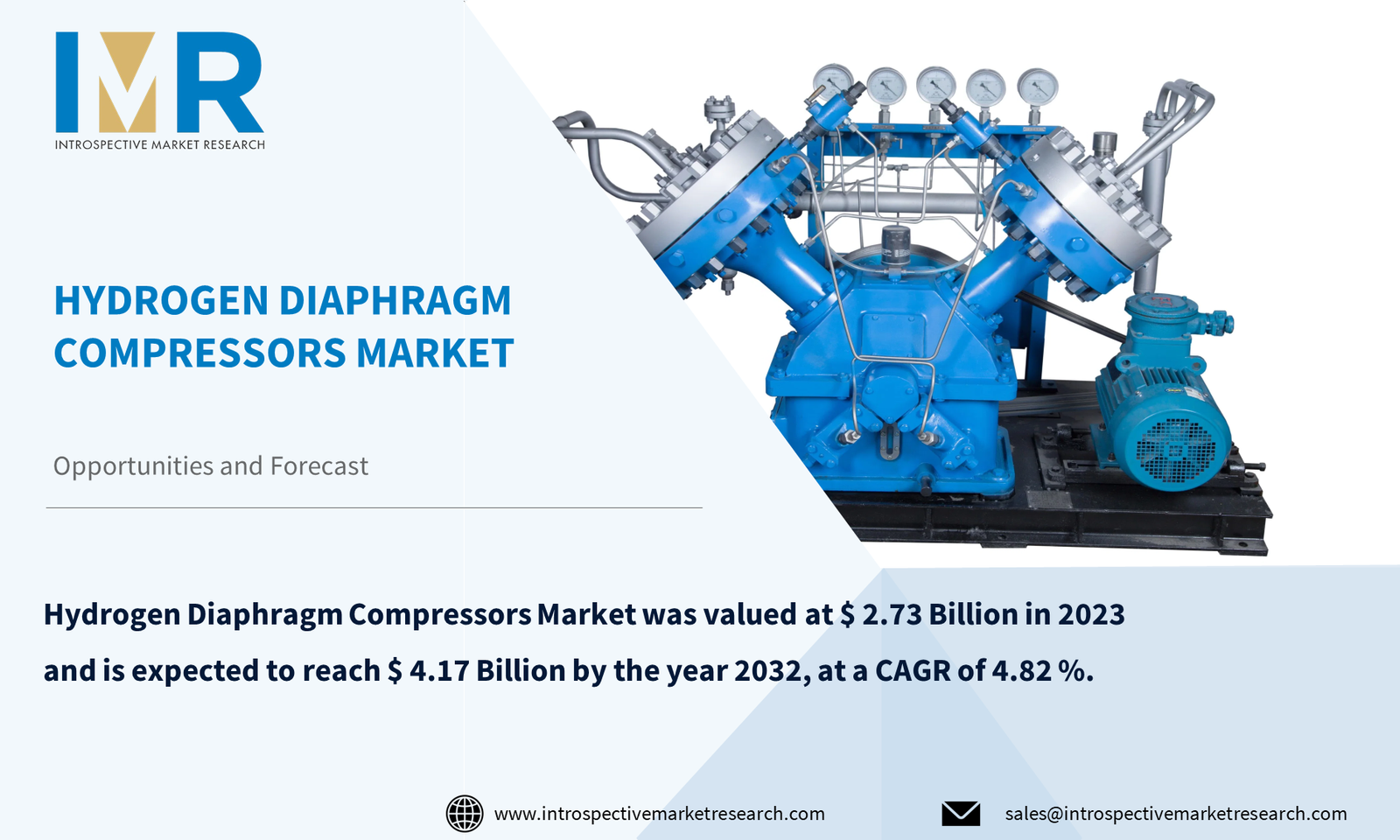
Market Overview:
Green Logistics Market Size Was Valued at USD 1.3 Trillion in 2022 and is Projected to Reach USD 2.47 Trillion by 2030, Growing at a CAGR of 8.35 % From 2023-2030.
Green Logistics focuses on eco-friendly transportation, warehousing, and distribution to minimize environmental impact. It entails sustainable practices, such as optimizing routes, using electric vehicles, and efficient waste management. This approach balances economic efficiency with environmental responsibility, benefiting businesses globally. Recycling, waste disposal, and reverse distribution are integral to green logistics, reducing CO2 emissions, cutting costs, and enhancing supply chain efficiency. Companies adopt green transport systems for reduced congestion, pollution, and transportation costs. The infrastructure supports the entire green logistics system, incorporating land, air, and water transportation. Embracing digitization and environmental considerations, logistics companies optimize routes, lower fuel consumption, and improve operational efficiency, contributing to a more sustainable and responsible supply chain ecosystem.
Top Key Players Covered in The Green Logistics Market:
- XPO Logistics Inc. (United States)
- United Parcel Service of America Inc. (United States)
- FedEx Corporation (United States)
- GEODIS (France)
- Bolloré SE (France)
- CEVA Logistics (France)
- Deutsche Post DHL Group. (Germany), and Other Major Players
Market Dynamics and Factors:
Companies are increasingly embracing green logistics as a strategic approach to gain a competitive edge and meet rising market demand. This eco-friendly paradigm shift not only aims to reduce the negative environmental impact but also influences the configuration of various business processes, structures, and supply chain elements. Governments worldwide are introducing regulations on emissions, fuel efficiency, and waste management, prompting companies to adopt green logistics practices. These initiatives drive market growth for innovative technologies and solutions, helping companies to reduce their carbon footprint and enhance their market adoption, ultimately avoiding potential consequences. Collaborating with environmentally responsible supply chain vendors and suppliers, companies are not only improving their brand image and reputation but also attracting investment through a commitment to eco-friendly products and services.
The growing environmental concern is shaping consumer preferences, influencing industry standards, and driving global regulations for green logistics practices in businesses. The demand for sustainable products and services is on the rise, compelling companies to integrate green logistics management into their strategies. Businesses are actively reducing gas emissions, conserving resources, and implementing efficient waste management practices to align with consumer expectations. This shift towards sustainability not only satisfies customer needs but also positions companies to boost margins and profitability by providing environmentally friendly transportation and logistics solutions. As the demand for sustainable products and services continues to increase, companies adopting green logistics practices are poised to gain a larger market share and improve overall profitability.
The Green Logistics Market Report Highlight:
- By Service Type, Transportation segment is expected to dominate the market during the forecast period. Transportation is a significant contributor to carbon emissions and environmental pollution, making it a primary target for sustainability initiatives. As governments and regulatory bodies worldwide implement stricter emission standards and environmental regulations, businesses are forced to adopt greener transportation practices to comply with these requirements.
- By Mode of Operation, the Roadways Distribution segment held the largest share of the market. Road transportation is the most widely used mode of merchandise transportation globally due to its flexibility, accessibility, and ability to reach remote locations. The roadways create a substantial opportunity for implementing green logistics practices in adopting electric and hybrid vehicles to optimize technologies and fuel efficiency.
- By Region, Asia Pacific is Expected to Dominate the Market Over the Forecast Period. The demand for merchandise and logistics in Asia Pacific is growing significantly in the coming years. The environmental issues generated by logistics drive governments to impose additional rules on the exchange of products. The Asia-Pacific region is the fastest-growing region in the world and has an important role to play in efforts to challenge climate change.
Key Industry Development:
In November 2023, Yusen Logistics Co., Ltd. proudly announced a significant step towards environmental sustainability. They have set a 45% CO2 reduction target by 2030 from our 2022 baseline, focusing on scope 1 and 2 emissions. Recognizing the urgency of climate change, we're committed to reducing our carbon footprint by targeting direct emissions and those from purchased electricity, heat, and steam.
In October 2023, UPS announced the acquisition of Happy Returns, a leading U.S.-based reverse logistics company, from PayPal. The deal aims to expand UPS's returns network by leveraging Happy Returns' software and drop-off points, offering box-free, label-free returns at over 12,000 locations. Happy Returns' CEO, David Sobie, will continue to lead the business under UPS.
The Green Logistics Market Segmentation:
By Service Type
- Value Added Services
- Warehousing
- Distribution
- Transportation
- Reverse Logistics
- Packaging
By Mode of Operation
- Storage
- Seaways Distribution
- Roadways Distribution
- Airways Distribution
- Railways Distribution
By End-Users
- Storage
- Seaways Distribution
- Roadways Distribution
- Airways Distribution
- Railways Distribution
For this report, Introspective Market Research has segmented the Green Logistics Market based on region:
Regional Outlook (Revenue in USD Million; Volume in Units, 2023-2030)
North America
o The U.S.
o Canada
o Mexico
Eastern Europe
o Russia
o Bulgaria
o The Czech Republic
o Hungary
o Poland
o Romania
o Rest of Eastern Europe
Western Europe
o Germany
o UK
o France
o Netherlands
o Italy
o Spain
o Rest of Western Europe
Asia Pacific
o China
o India
o Japan
o Singapore
o Australia
o New-Zealand
o Rest of APAC
Middle East & Africa
o Turkey
o Saudi Arabia
o Qatar
o UAE
o Israel
o South Africa
South America
o Brazil
o Argentina
o Rest of SA






